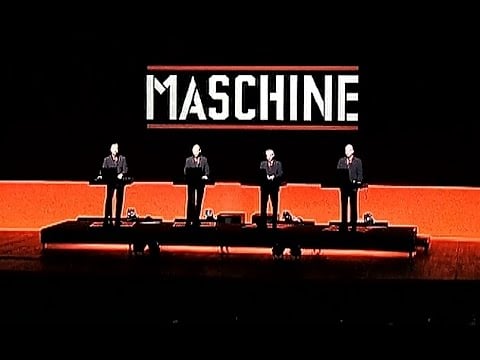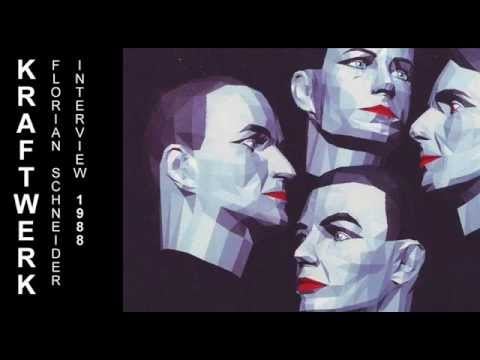Florian Schneider, one of the founding members of the seminal and groundbreaking electronic music German group Kraftwerk has passed away it has emerged today.
Schneider was 73 and the cause of death was cancer.
While Florian Schneider left Kraftwerk in 2008, he was one of the founding members of the band alongside Ralf Hütter, that are among the most influential in music. After three albums of proggy jazz rock, Kraftwerk’s music pivoted into full on synthesizer and drum machine electronic music, with the band being among the first to adopt such techniques.
Not only was the music sonically detailed and supremely produced but Kraftwerk always had a gift for memorable melodies and made pop hits like ‘The Model’ on their own terms.
Their albums Autobahn (1974), Radioactivity (1975), Trans Europe Express (1977), The Man Machine (1978), Computer World (1981) and Techno Pop (1986) are among the best electronic music ever made and their songs were often sampled by others including Afrika Bambaataa, Coldplay, New Order, LCD Soundsystem, Mos Def, The Orb, Jay Z and many more.
In 2003, they returned with Tour De France, which was also among their best work. Their robotic and primary colour-featuring live shows in the 2000s were captured as the live DVD and album Minimum Maximum (that album actually launched this website as it inspired me to write a blog about music I loved).
Schneider began life as a musician playing the flute which he would treat with fuzz, bass and tape echo effects. As Kraftwerk’s albums delved into electronic music from their Dusseldorf studio Kling Klang, Schneider got more involved in sound design and developed one of Kraftwerk’s defining sounds – the robotic voice they often employed – with a vocoder device he built called a Robovox.
In 1988 Japanese magazine “Silverstar Club” sent Florian Schneider of Kraftwerk a tape with questions for an interview. Florian returned it with answers in tweaked voices, and the interview was published in a written format. Ten years later (1998) this recording was released as an extra together with a magazine.

Niall Byrne is the founder of the most-influential Irish music site Nialler9, where he has been writing about music since 2005 . He is the co-host of the Nialler9 Podcast and has written for the Irish Times, Irish Independent, Cara Magazine, Sunday Times, Totally Dublin, Red Bull and more. Niall is a DJ, founder of Lumo Club, club promoter, event curator and producer of gigs, listening parties & events in Dublin.














